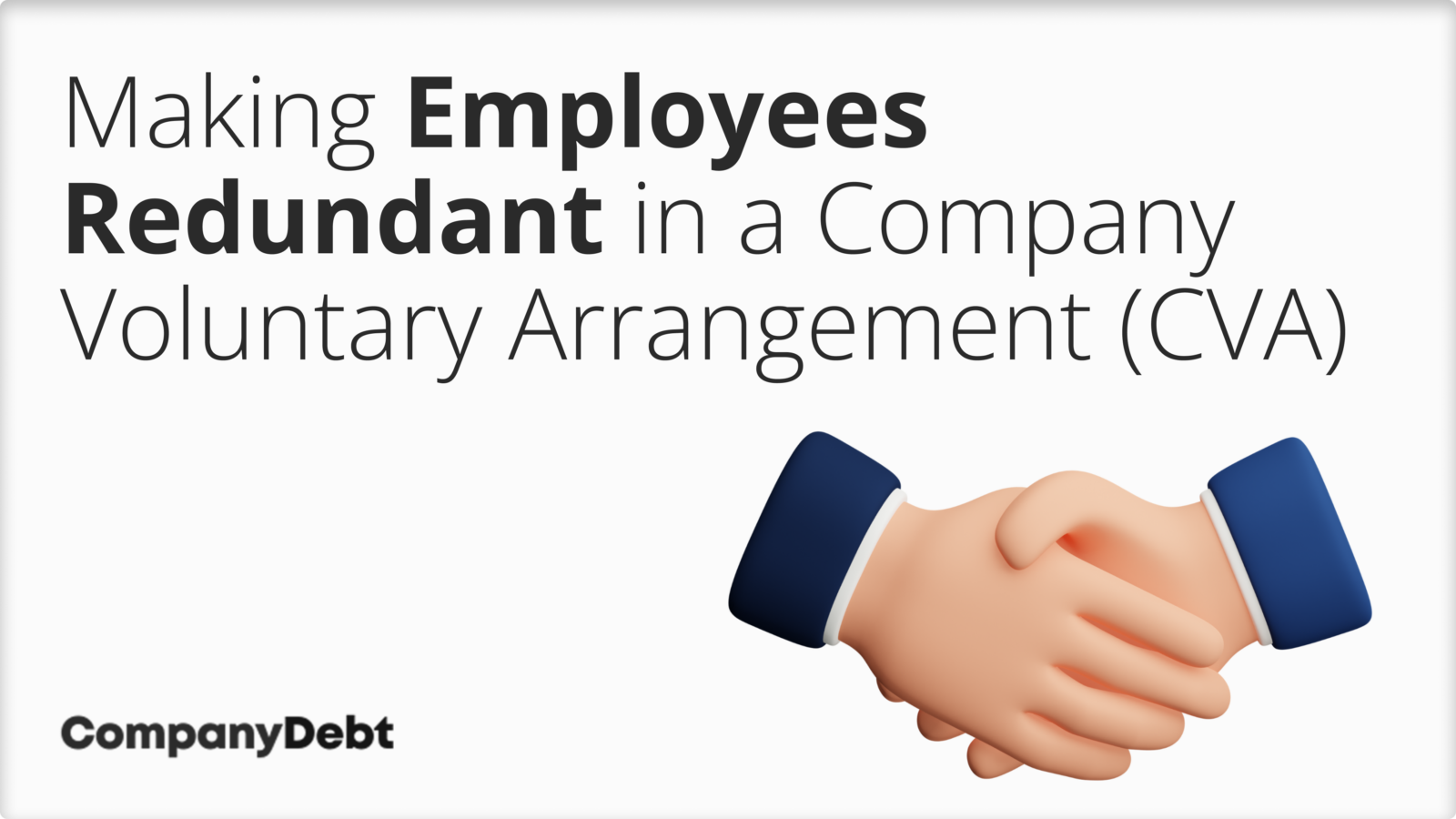How to Handle Redundancy Pay If Company Goes Bust: Trick Details for UK Employees
Exploring the Interplay Between Business Redundancy and Organizational Flexibility for Future Development
In the vibrant landscape of today's company globe, the elaborate partnership between business redundancy and business adaptability arises as a vital factor for sustained development and success. Business commonly deal with the obstacle of striking a fragile balance in between maintaining a degree of redundancy to mitigate threats and promoting adaptability to react swiftly to the ever-evolving market needs.
Relevance of Business Redundancy
Business redundancy is an important component that enhances organizational strength and minimizes operational threats. By integrating redundancy steps within the organizational structure, companies can much better endure unexpected disturbances and variations in the service environment. Redundancy serves as a calculated buffer, permitting firms to adapt and react effectively to unforeseen obstacles without compromising crucial procedures.
One key facet of the importance of business redundancy is its role in making sure continuity throughout times of situation. When confronted with abrupt modifications or emergencies, redundant systems, sources, or workers can step in to maintain essential features and protect against prevalent interruptions. This continuity not just safeguards the firm's track record and client trust fund yet likewise minimizes economic losses and functional downtime.

Techniques for Organizational Versatility

Producing adaptable organizational structures that permit for fast changes to market characteristics and consumer demands is important for staying competitive in a rapidly developing atmosphere. By proactively recognizing possible disturbances and possibilities, companies can proactively adjust and grow in an ever-changing business landscape.
Balancing Redundancy and Flexibility
Accomplishing a harmonious stability between functional redundancy and organizational flexibility is vital in navigating the intricacies of a dynamic business setting. Striking the ideal equilibrium in between redundancy and versatility is a fragile process that calls for a deep understanding of the organization's goals, sector dynamics, and danger tolerance.
To accomplish this equilibrium, firms need to conduct routine assessments of their operations to determine locations where redundancy is required for danger reduction and where adaptability can drive development and development. Applying flexible structures, fostering a culture of constant learning and enhancement, and urging open interaction throughout all degrees of the company are key methods to balance redundancy and flexibility successfully. By straightening these 2 essential components, companies can position themselves for sustainable growth and success in an ever-changing company landscape.
Situation Research Studies on Adjustment Success
In examining instances of effective organizational adjustment, it comes to be noticeable that the interaction in between operational redundancy why not look here and versatility is a specifying variable in forming resilient organizations. One engaging case study is that of Netflix. Originally a DVD rental solution, Netflix showed exceptional versatility by transitioning into a streaming system when digitalization interfered with the sector. By tactically purchasing modern technology and web content development, Netflix not only thrived yet survived in a swiftly progressing market. Another standout instance is Amazon. Starting as an on-line bookstore, Amazon continually adapted its organization model, increasing into varied sectors such as cloud computer and synthetic knowledge. This flexibility permitted Amazon to stay in advance of competitors and meet transforming consumer demands. Last but not least, Adobe gives a significant image of effective adaptation. The firm moved from offering software application licenses to a subscription-based design, making certain reoccuring earnings streams and improved client engagement. These study underscore the value of functional redundancy coupled with organizational flexibility in promoting long-term growth and competitiveness.
Building Durability for Future Development
Building durability for future growth needs a calculated placement of functional procedures with market characteristics if a company goes bust who pays redundancy and arising fads. Firms must adjust to changing environments by fostering a culture of flexibility, development, and continuous improvement.
Moreover, fostering solid connections with stakeholders, such as customers, workers, providers, and the area, is essential for maintaining and weathering unpredictabilities depend on and support during stormy times. Reliable interaction and transparency play an important duty in structure strength, as they assist straighten assumptions and assist in partnership in navigating unpredictabilities.
Furthermore, organizations need to focus on learning and advancement campaigns to upskill employees and equip them with the essential devices to adapt to see this here changing circumstances. By purchasing their workforce, companies can improve their flexibility and dexterity, ultimately strengthening their durability for sustainable future development.
Verdict

In the vibrant landscape of today's company globe, the intricate partnership between business redundancy and business adaptability arises as an important variable for sustained development and success. Companies commonly face the difficulty of striking a fragile balance between keeping a level of redundancy to alleviate threats and fostering versatility to react swiftly to the ever-evolving market demands.To accomplish this equilibrium, companies require to perform regular evaluations of their procedures to determine locations where redundancy is required for threat mitigation and where versatility can drive technology and growth.In verdict, the interplay in between company redundancy and business adaptability is vital for future growth. Structure resilience via a combination of redundancy and versatility will certainly make sure that business are prepared for the challenges of the future.